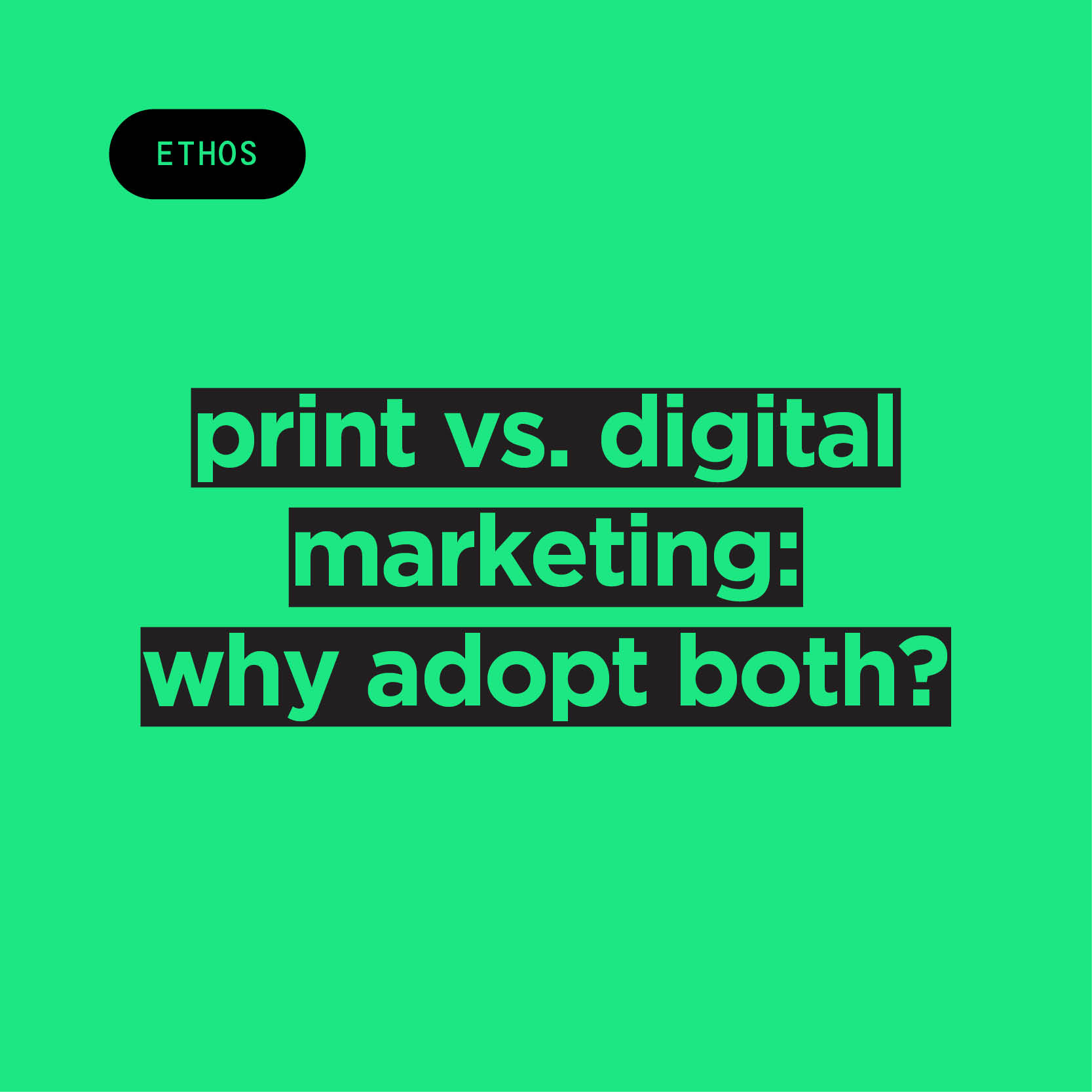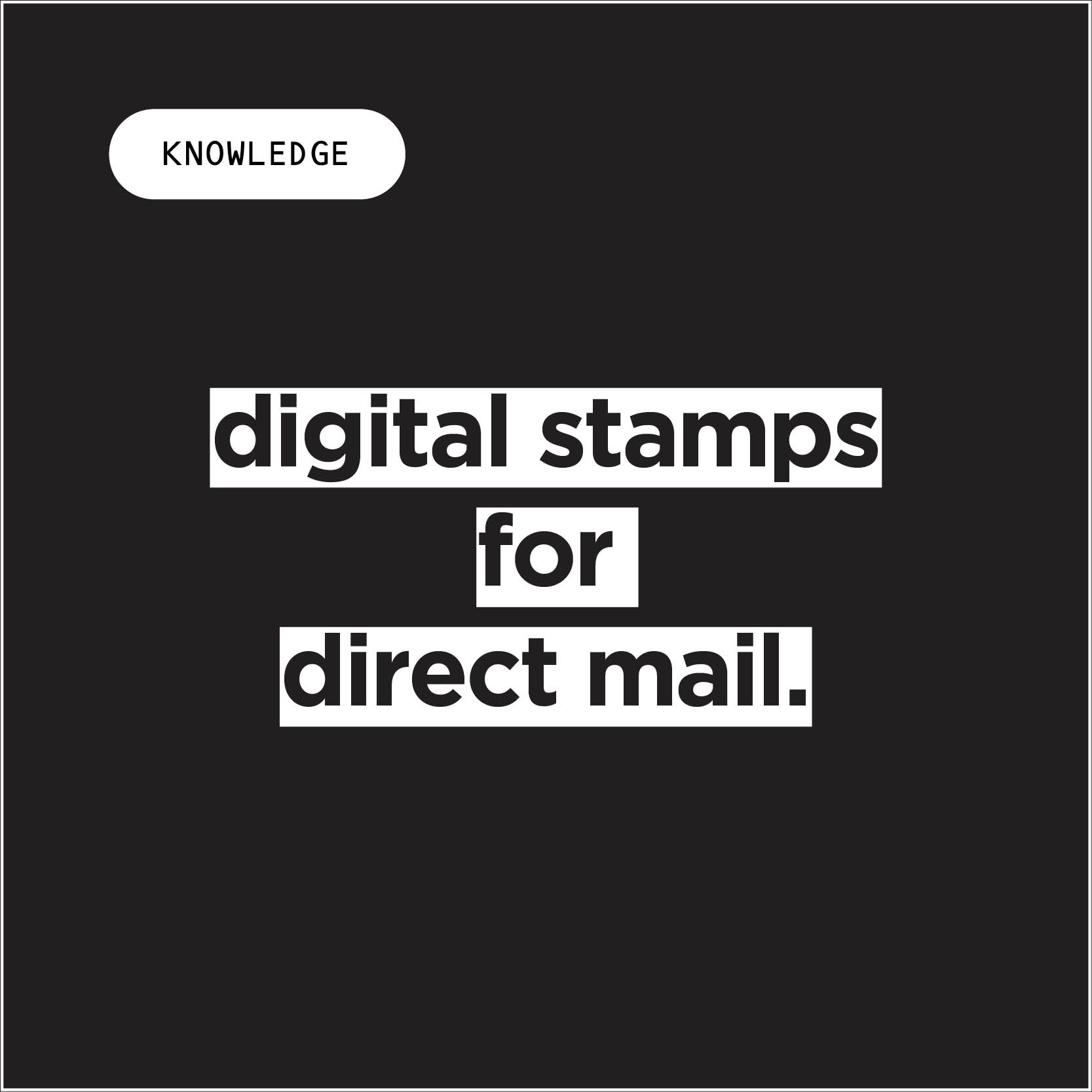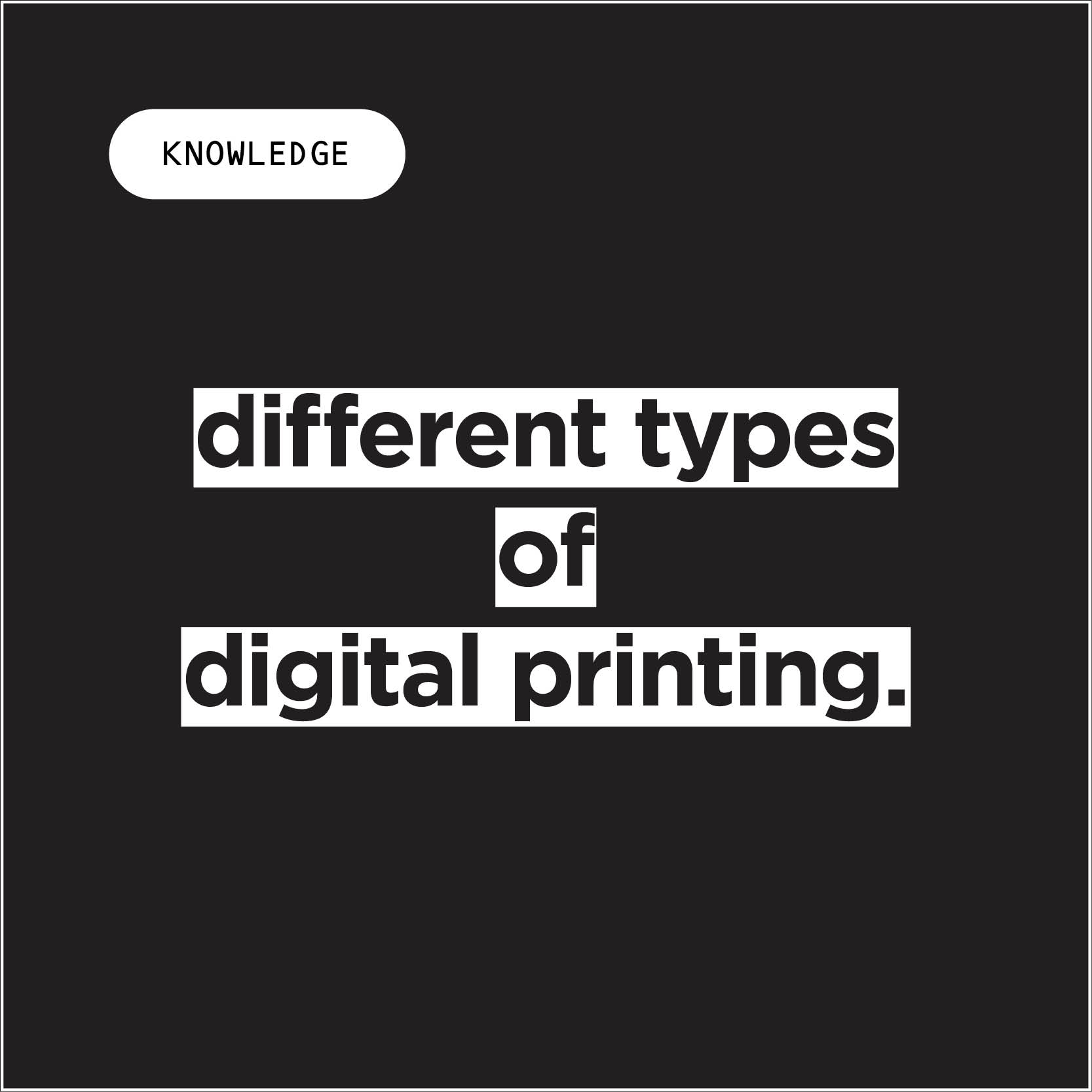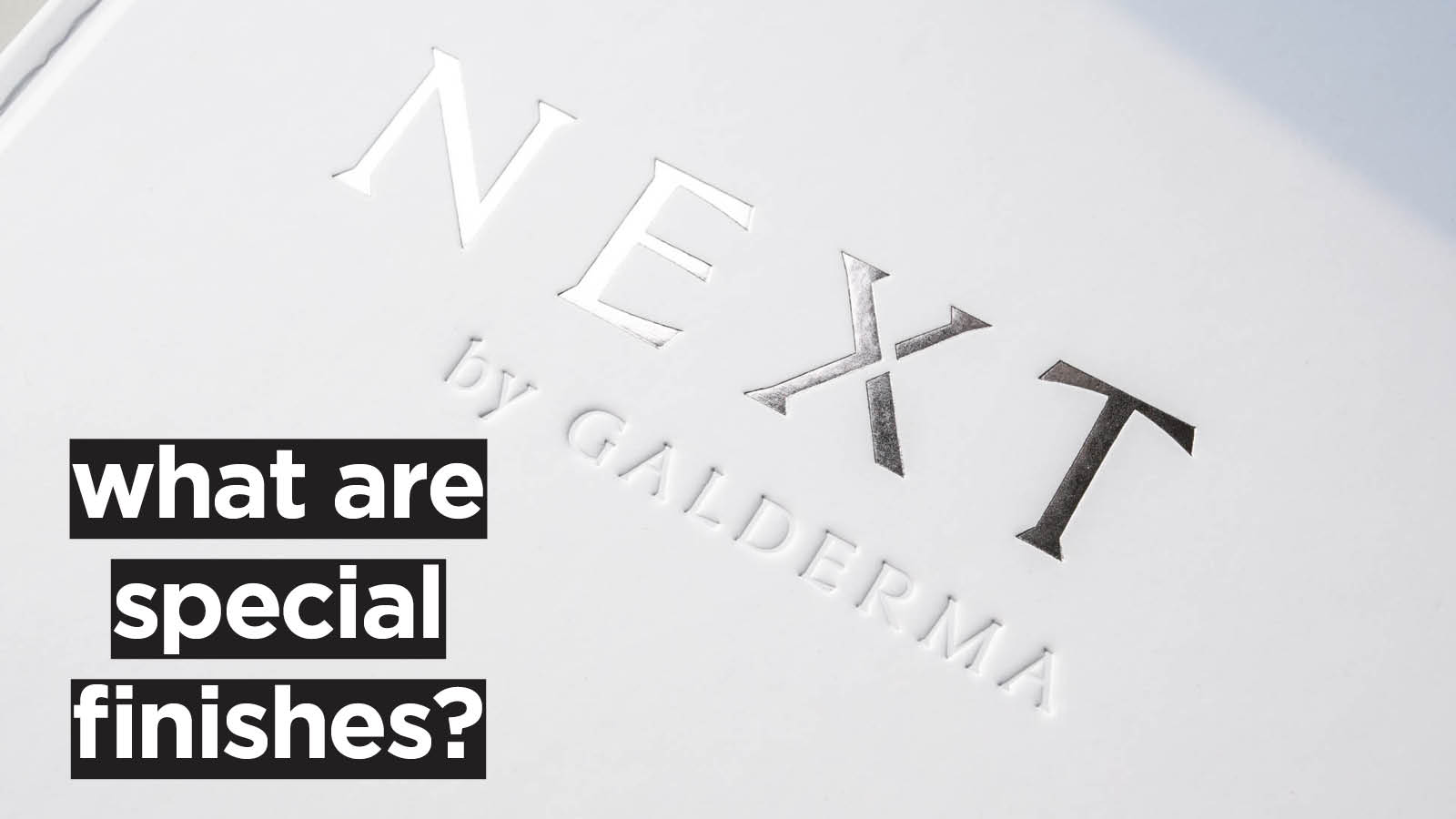
At Jump, we know a thing or two about making your ideas stand out. We’re as passionate about your printed collaterals as you are, lending not only our expertise but also many premium finishes to make your projects come to life.
While plenty of special finishes are available, we understand the difficulties of wading through the options if print isn’t your main area of expertise. Here’s a handy guide to the special finishes we offer at Jump, how they look on paper and what kind of projects we recommend them for.
The special finishes we offer at Jump
Embossing
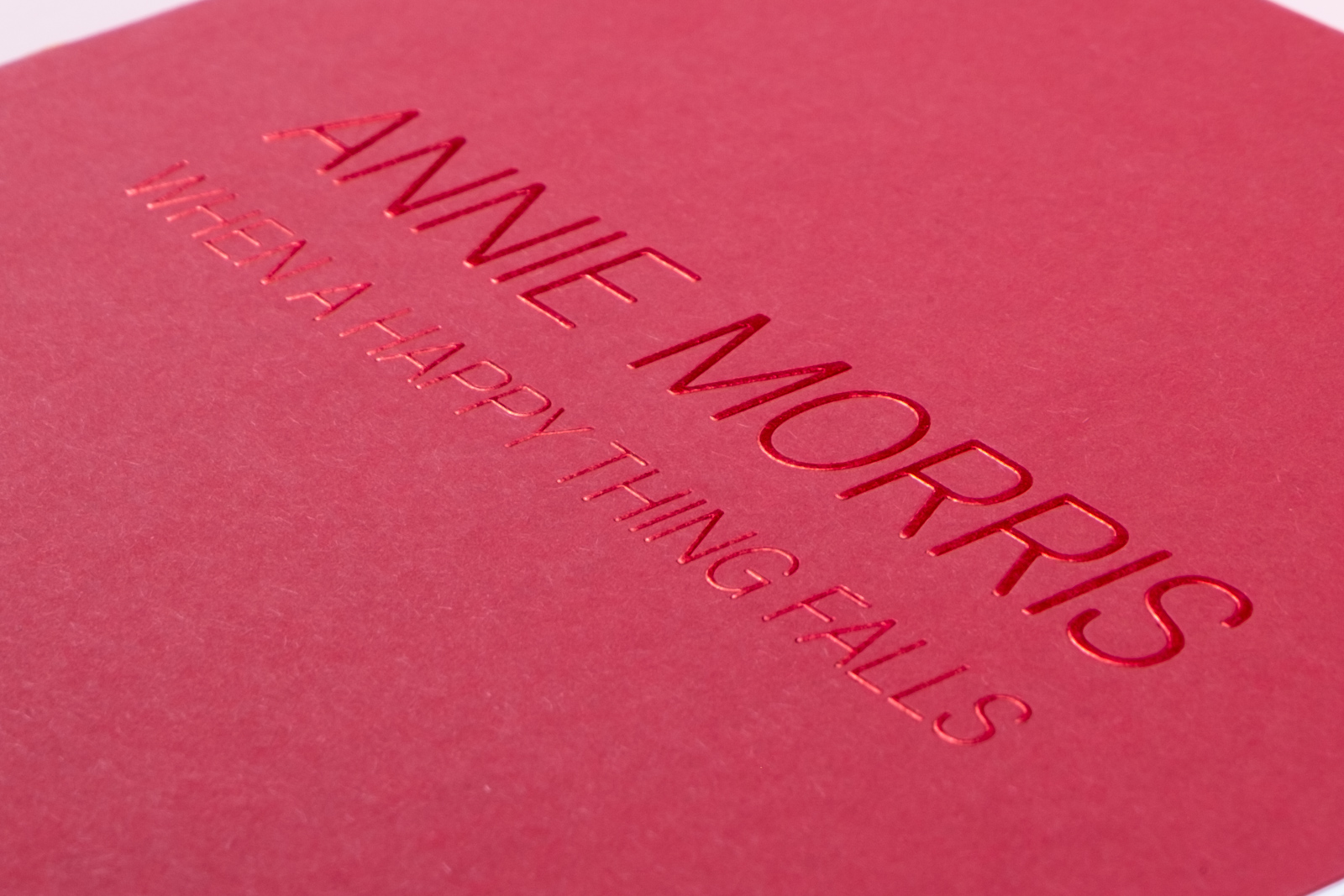
What it is
What we recommend it for
Embossing is a great technique for when you're lookingto add a low-cost, high-impact textural effect to projects that feature heavy materials—heavy paper, yardstick, stiff fabric... We also recommend it for business stationery and premium invitations.
Blind Embossing
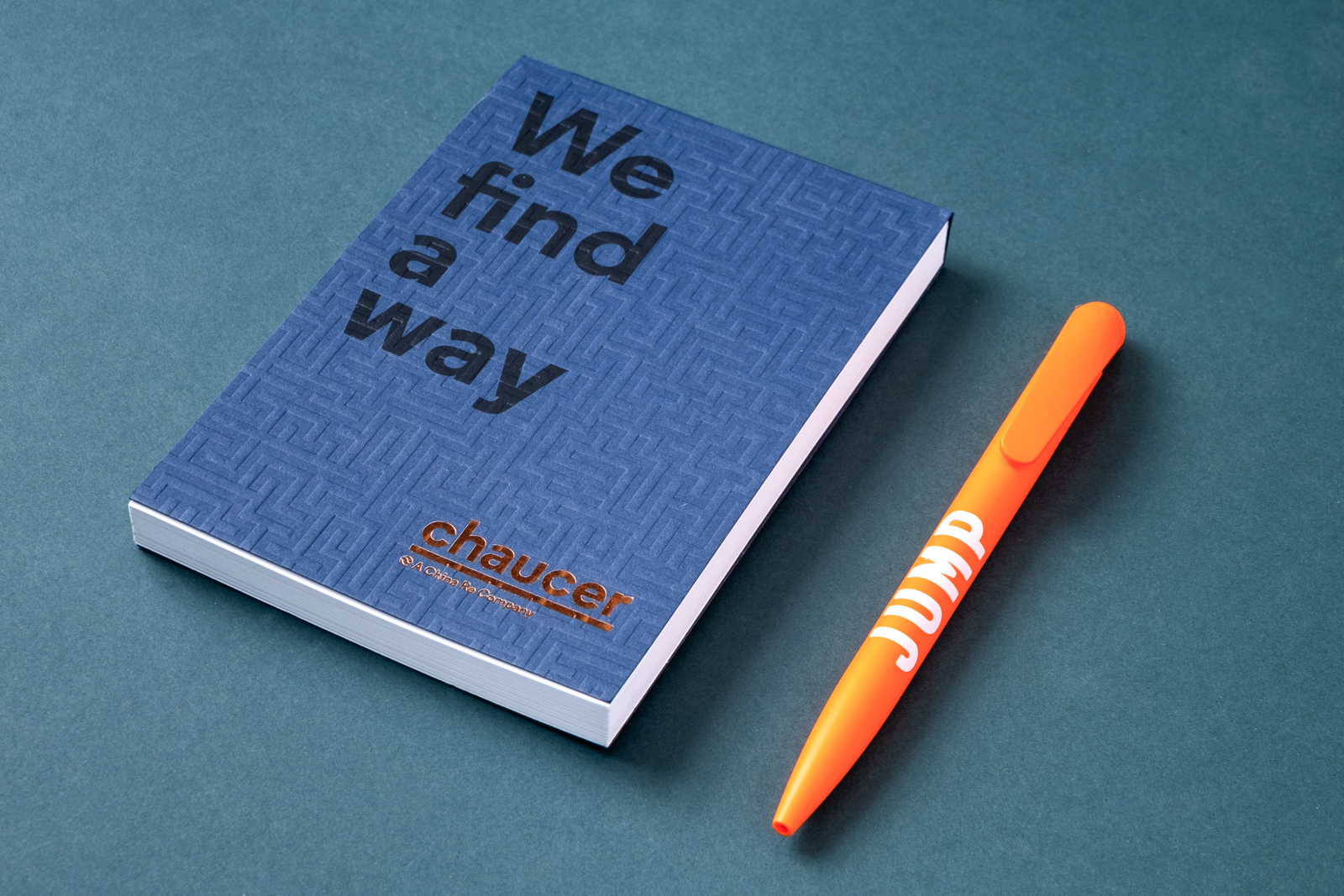
What it is
Have you ever thought of printing… without ink? Blind embossing is precisely that: a type of embossing where the raised area isn’t filled with ink but left “blank”. The results are equally as striking, with the raised design changing as the light hits it from different angles.
What we recommend it for
Blind embossing is a great way to introduce sculptural elements to your printmaking. We recommend it for projects like stationery, packaging, book covers, and artwork, or even for branding material like hang tags, folding cartons, and corrugated packaging.
Debossing
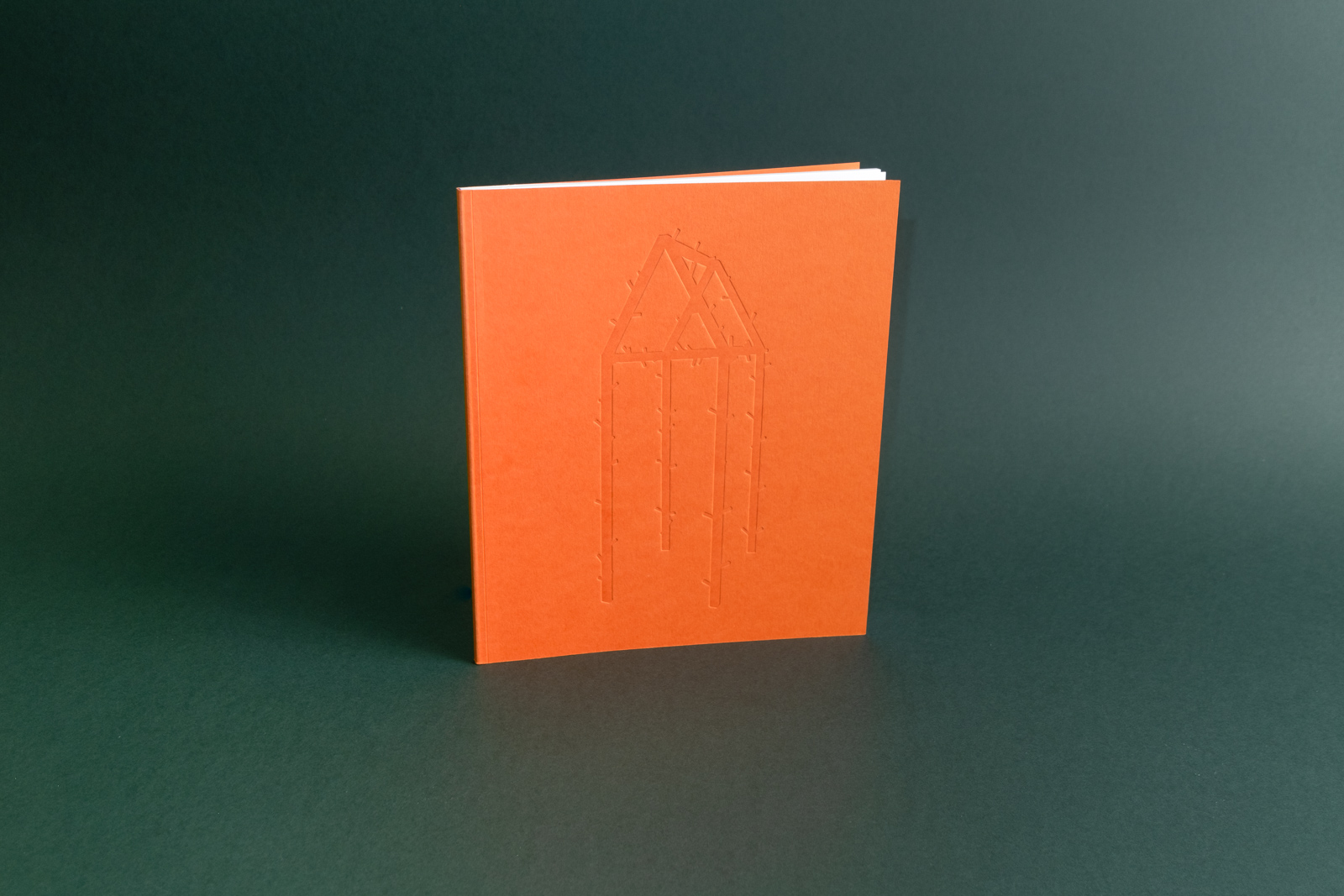
What it is
The opposite of embossing, debossing also alters your design’s appearance by creating a depressed effect on the material. You can fill the debossing with ink or foil stamping, or leave it as is.
What we recommend it for
Much like embossing, we love using debossing to deliver striking textural effects for projects. It's also pretty durable, making it the perfect special finish for projects that will be handled frequently. Debossing works well with a variety of materials, including paper, leather, vinyl, and rubber. Use it to add a touch of sophistication and durability to stationery, invitations, book covers, and packaging.
Foiling
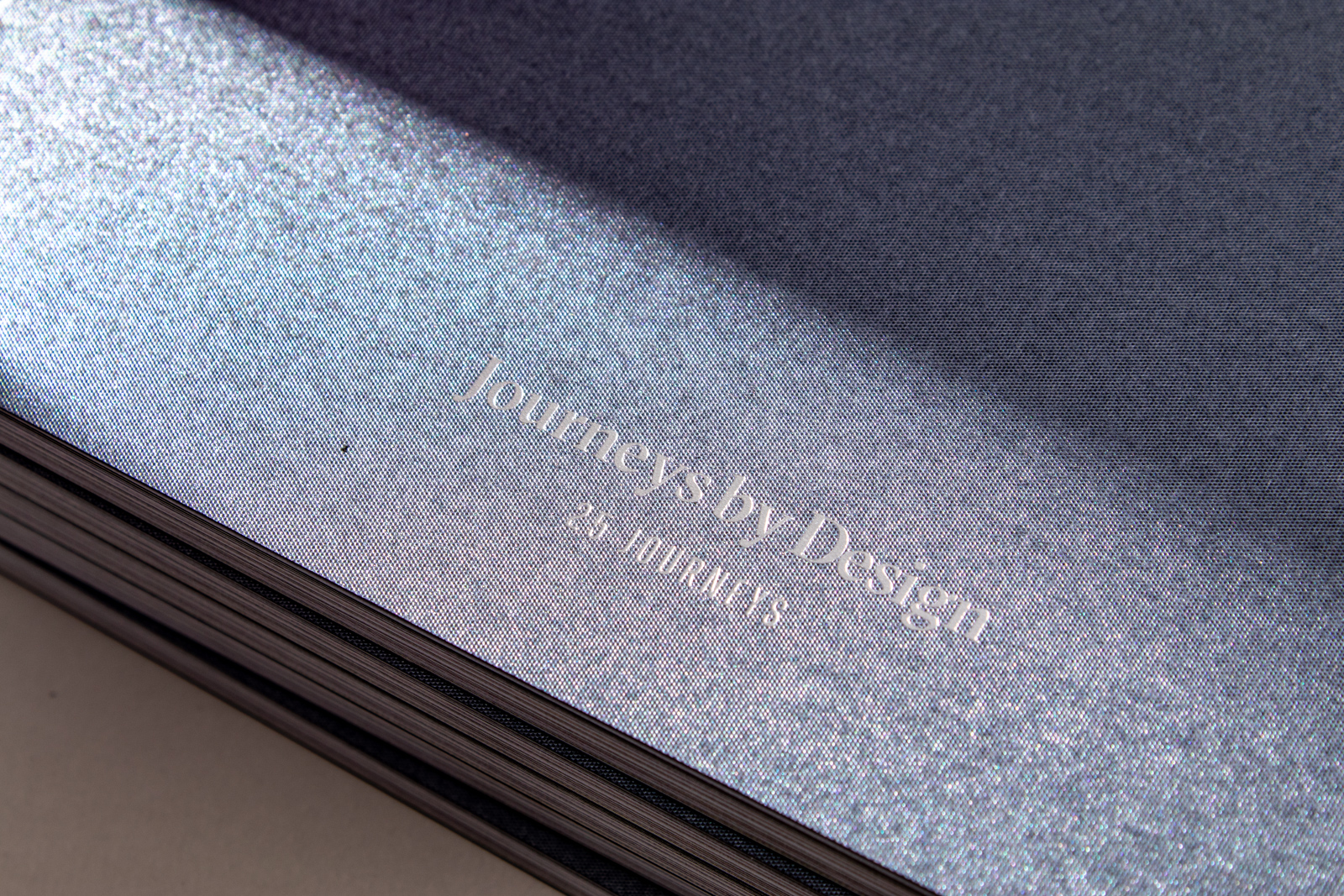
What it is
Another printing technique that is sure to make your designs pop, foiling uses heat, pressure, adhesive, or digital printing to apply a thin metallic or coloured foil to a surface. Different types of foiling include hot, cold, and digital—no matter which one you choose, the result is always an eye-catching, premium, and durable finish.
What we recommend it for
Versatile, durable, and luxurious, foiling is an excellent choice for premium business stationery, marketing materials, invitations, and packaging.
Scodix

What it is
A pioneer in the print world, Scodix machines can deliver the world’s most advanced digital embellishment solutions for print. From crystals to braille, Scodix’s 16 applications create intricate details without the need for films, blocks, or dyes.
What we recommend it for
Looking for a more cost-effective alternative to foiling? Scodix can deliver the same results at a fraction of the price, making it perfect for smaller runs or projects with limited budget.
Special Laminates

What they are
Laminates add texture to your collateral for a striking tactile experience. They can be used to replicate specific textures: a few of the laminates we have available at Jump are wood, leather, or linen-effect. Anti-microbial laminate is also available.
What we recommend them for
l
Thinking of adding some special finishes to your next project? Email us at hello@wearejump.co.uk to receive a quote today!
